How Predictive Analytics Helps Reduce Customer Churn
How Predictive Analytics Helps Reduce Customer Churn is a game-changer for businesses chasing long-term growth. The market is crowded & retaining customers is as vital as gaining new ones. The use of predictive analytics helps you find customers likely to leave before they go & act early. The blog explores How Predictive Analytics Helps Reduce Customer Churn, its working, benefits, tools, best practices & how to measure its impact.
Why How Predictive Analytics Helps Reduce Customer Churn Is Critical
The customer churn eats revenue & weakens your base. The cost of gaining a new customer often exceeds keeping an existing one. The rise in acquisition costs makes retention the most reliable growth driver. The predictive analytics turns passive data into active prevention.
The power lies in early warning & action. The signals that come before churn help you act before loss happens. The use of predictive analytics can cut churn by 15 % to 25 % across many industries.
Core Mechanics: How Predictive Analytics Helps Reduce Customer Churn
The use of predictive analytics works through data, modeling, action & feedback. The main parts are below.
Data Collection & Feature Engineering
They collect all key signals like product usage, engagement, support logs, billing data, demographic info & feedback. They then convert these into useful signs like drop in usage, support rate, time since last login or mood change.
Model Building & Scoring
They train a model to predict churn risk. They assign each customer a churn score. The higher the score, the more at risk they are.
Segmentation by Risk Levels
They split customers into high, mid & low risk. The actions differ for each. The high-risk gets calls or personal support. The mid-risk may get offers. The low risk stays in the normal flow.
Action & Intervention Logic
They plan what action fits each risk. The sharp drop in usage triggers outreach. The report of issues sends escalation. The system can send help or special offers.
Feedback Loop & Model Retraining
They track if actions work. The results feed back into the model, so it gets smarter with time. The model retrain often to match new behaviour.
Benefits of How Predictive Analytics Helps Reduce Customer Churn
The right use brings clear results.
- The early sign of churn helps you act before loss.
- The targeted spend keeps focus where it matters most.
- The longer the life of customers, increases total value.
- The quick issue fix builds customer trust.
- The better use of the team & marketing improves results.
- The proactive work gives a strong edge.
They often see churn drop by 15 % to 25 % after using predictive analytics.
Use Cases & Industry Examples
The How Predictive Analytics Helps Reduce Customer Churn gives strong results in many fields.
SaaS / Subscription Businesses
They track feature use, login rate & support talk to spot churn. They offer help or upgrade deals.
Telecommunications
They study call use, data load, payments & complaint tickets to find customers at risk.
Insurance
They check claim rate, response to premium change & customer contact to stop lapses.
Ecommerce / Retail
They study buy rate, browse pattern, cart leave & return history to find slipping customers.
The insurance firms now use predictive models inside CRM to give live churn alerts so teams can act at once.

Tools & Platforms That Enable How Predictive Analytics Helps Reduce Customer Churn
The right tool set matters. The table below shows key tool types.
| Tool Type | Role | Example Use | Key Advantage |
|---|---|---|---|
| Data Warehouse & ETL | Centralize & clean customer data | Combine logs, CRM, support, usage | One source of truth |
| Analytics / ML Platform | Build & run models | Train churn model, score users | Speed & scale |
| CRM / Customer Success | Use churn scores to act | Trigger campaigns or outreach | Direct action |
| Engagement / Marketing Tools | Send outreach | Emails, offers, SMS | Timely reach |
| Monitoring & Analytics Tools | Track metrics & errors | Dashboards for churn KPIs | Clear insight |
The full link between data & action gives smooth flow & better results.
Best Practices in How Predictive Analytics Helps Reduce Customer Churn
The success needs care & simple rules.
Start with Clean & Reliable Data
The poor data breaks models. The clean, complete & checked data keeps the base strong.
Select the Right Features
They use only useful signs. The change in usage, support load or billing issues are more helpful than random data.
Avoid Overfitting & Keep Models Simple
They keep models clear. The test & regular updates avoid errors.
Build Explainability & Transparency
They make results clear. The reason for each churn flag must be visible so teams trust it.
A/B Test Retention Campaigns
They test messages & offers. The comparison shows what works better.
Set Guardrails & Human Review
They keep a human watch. The mix of system & people avoids errors in big accounts.
Retrain & Refresh Models Frequently
They update models each month or quarter to stay current.
Monitor Drift & Performance
They track drop in model power & fix it early.
Metrics to Measure Success
The How Predictive Analytics Helps Reduce Customer Churn shows its worth through these measures.
- The churn rate before & after use.
- The retention rate & survival curve.
- The response rate to outreach.
- The gain over control group.
- The ROI from saved customers vs cost.
- The accuracy, precision & recall of model.
- The drift in model over time.
These values show what is strong or weak & help in better planning.
Challenges & Risks
The work with data has its own issues.
- The privacy & law limits in data use.
- The too many alerts can annoy customers.
- The wrong risk tags waste time or miss true churners.
- The missing data breaks the full view.
- The old models lose fit with new behavior.
- The lack of trust in machine results.
The early plan for these makes work smooth.

Emerging Trends in How Predictive Analytics Helps Reduce Customer Churn
The trends are shaping new ways.
Use of AI / Deep Learning & Ensembles
They find deep patterns & mix many models for better accuracy.
Real-time Scoring & Streaming Analytics
They score churn risk live as new data flows.
Explainable AI (XAI) & Interpretability
They show which signs affect churn so teams understand results.
Automated Intervention Orchestration
They let the system pick the best action, like call, email or offer, based on risk.
Cross-Channel Signals & Omnichannel Data
They join mobile, web, social & support data for a full view.
Conclusion
The How Predictive Analytics Helps Reduce Customer Churn gives power to turn reactive work into proactive action. The key is to collect data, build clear models, act smartly, measure results & keep improving. The clean data, good tools, human checks & learning culture help cut churn, grow value & build loyalty.


